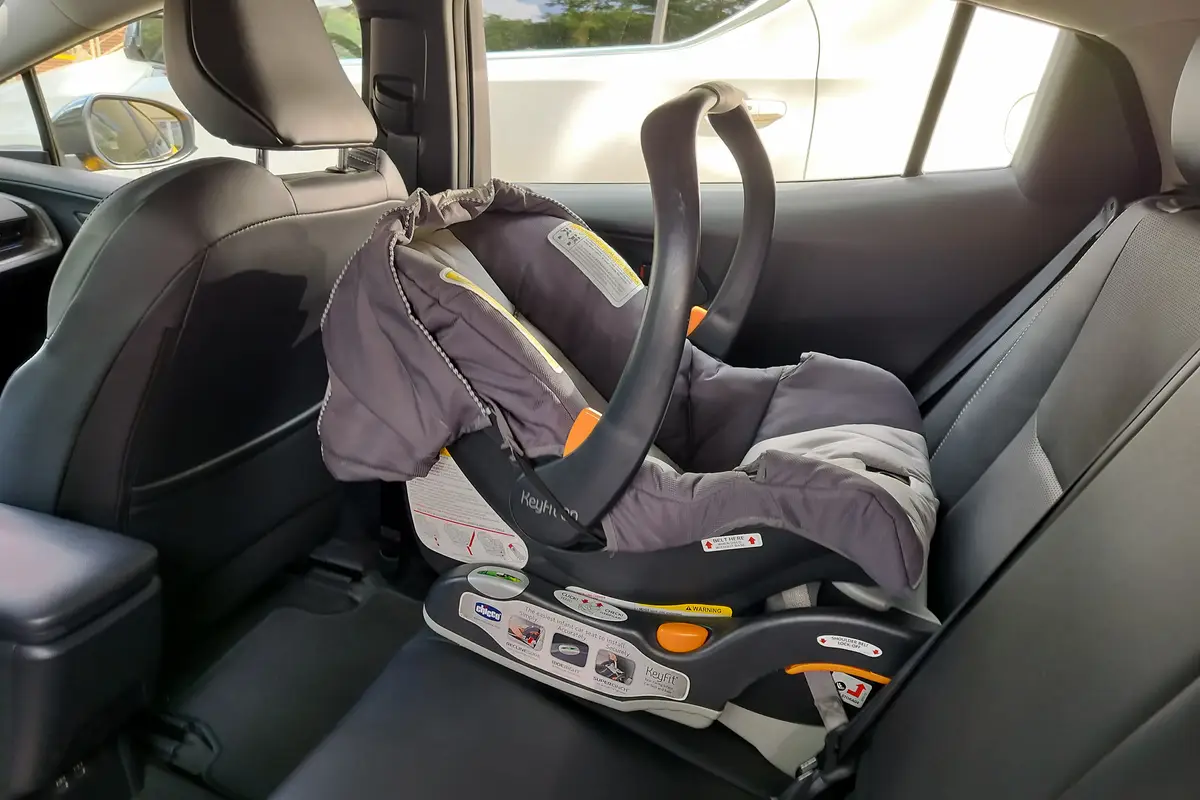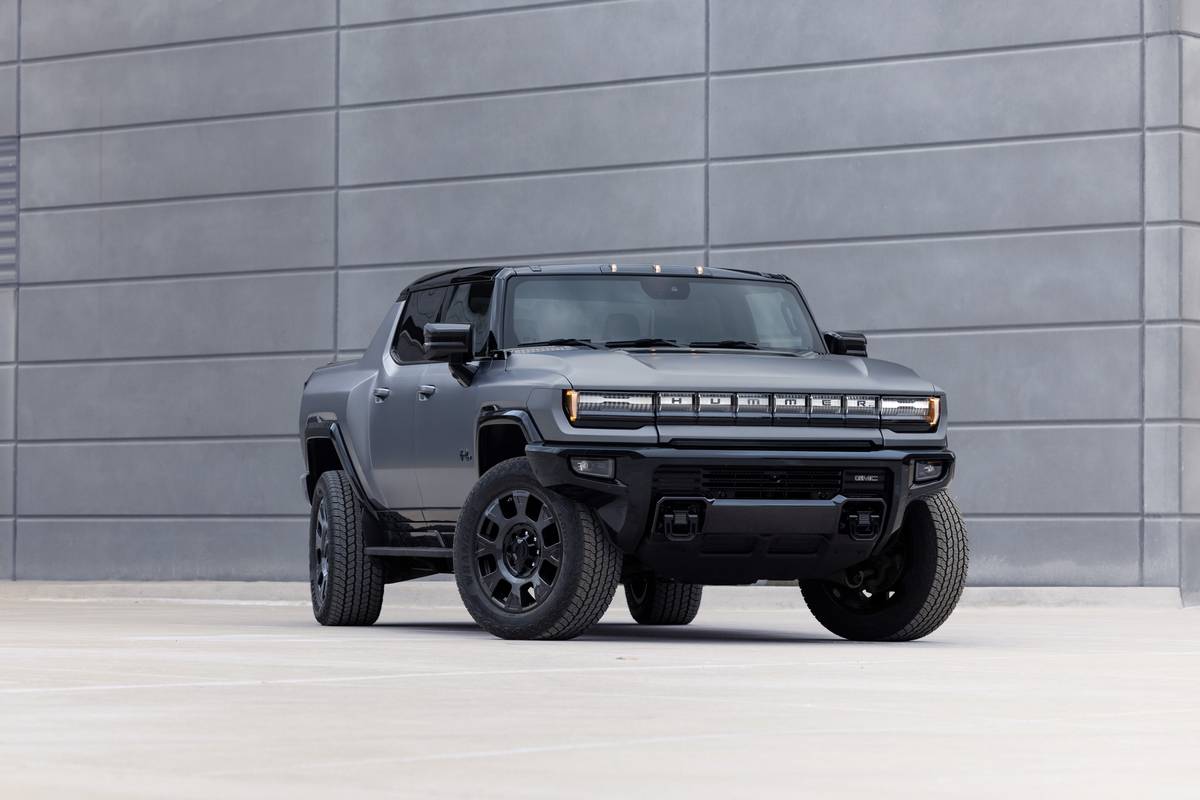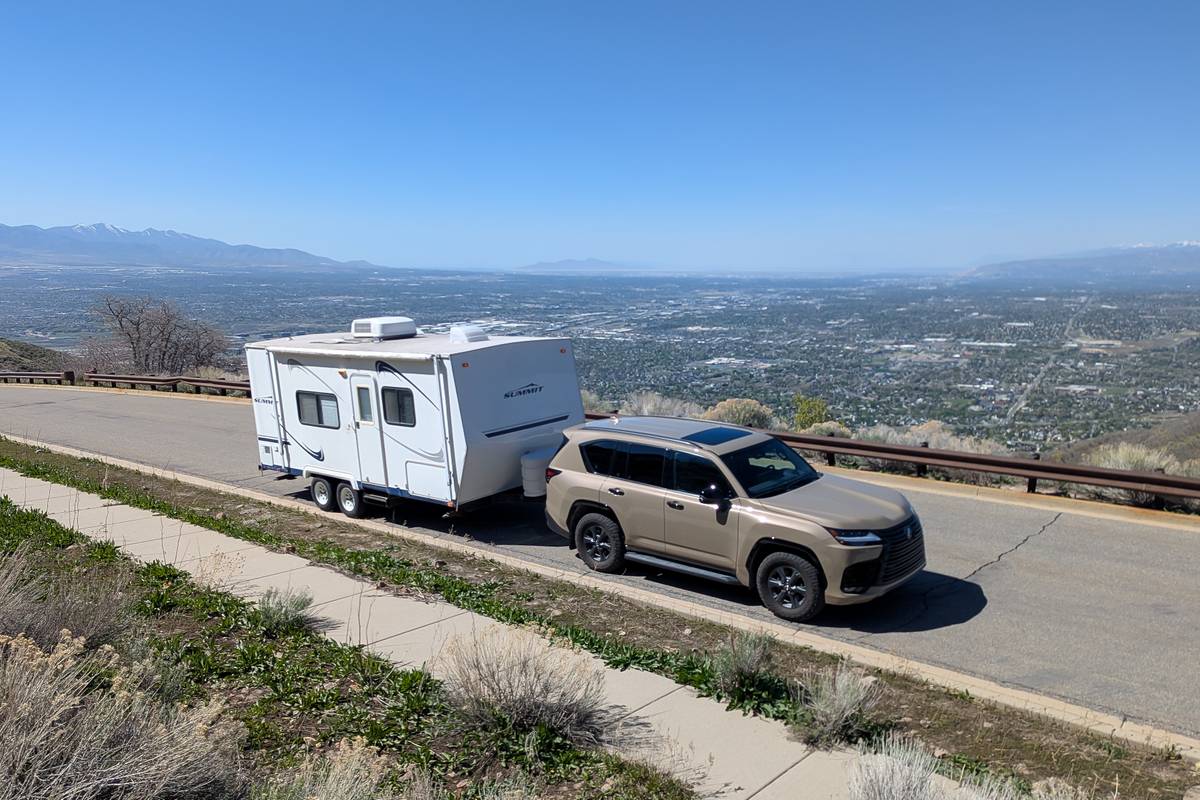chicagotribune.com's view
It’s not often a car comes with a cheat sheet detailing how to perform such traditionally simple tasks as opening the doors and starting the engine.
But the 2004 Cadillac XLR rear-wheel-drive roadster that will be in showrooms this month arrived for testing with a “Cliff’s Notes” on how to get in and get going.
The owner’s manual would serve the same purpose, but to get to it, of course, you must open the door, the reason the crib sheet is required reading.
XLR started life in 1999 as the Evoq concept, a major hit on the auto-show circuit. The design is in keeping with Cadillac’s new styling theme on the CTS sedan and Escalade sport-utility vehicle, an egg-crate V-shaped grille and sharply creased, sculptured sheet metal. But the sideview mirrors are sharply creased and sculptured too and not easy to adjust for optimum side and rear vision.
The XLR is complex for a variety of reasons. One is to help folks forget the last Cadillac roadster, the less than technologically advanced Allante (1987-1993), with a removable hardtop that took two to store and a less-than-snappy V-8 that wasn’t replaced until ’93, too late to save the car.
XLR is also technologically complex because this same platform will be shared by the next-generation Chevrolet Corvette for 2005. Cadillac doesn’t want people saying the XLR is simply a $76,000 rendition of a $50,000 Chevrolet, so it offers more electronic goodies to be different than the ‘Vette.
XLR, for example, comes with no outside key slots. A plastic fob replaces the metal key. With fob in hand, you slip a finger in the recess along the top of the door and press. The door opens.
The XLR also lacks a slot to insert an ignition key, which makes sense because the XLR doesn’t have an ignition key.
Once you and the fob programmed for that car are in the cabin, a button where the ignition usually rests shines green. Place foot on the brake pedal, press finger to the green button and the engine starts.
You can program the fob to automatically lock the doors when you exit.
However, if you’ve left the fob in the car and don’t hear the audible warning to retrieve it, the doors will lock with the fob inside.
Another goodie is the power metal retractable hardtop. Unlike Allante, which required you and a friend lift and remove the top, the XLR requires you only to press a console button. Only gripe is that it takes 29 seconds to retract, about twice the time of the roof on a Mercedes-Benz SL roadster.
“Watching the top retract is an intricate ballet that focuses attention on the top of the car and is part of the attraction and aura of the XLR,” says Schryse Crawford-Williams, XLR marketing manager.
Besides, she said, speed was secondary to having a tight, no-leak, no-noise top, which the XLR delivers.
The top hides in a compartment behind the seats and leaves precious little room for car go in the trunk. Crawford-Williams said the XLR will hold two golf bags with the top up, one with it down. If so, the bags better be flexible canvas or cloth.
The cabin is cozy but don’t expect much cargo space other than in the center console and a compartment behind and between the two seats.
Another goodie is that you can use the navigation system screen to show DVD movies, though only when the car is parked. Why park two to three hours to watch a DVD movie in your car?
“It’s one of those things that’s nice to say, ‘Look what I’ve got.’ Maybe you don’t need it, but it’s nice to have,” Crawford-Williams said.
More goodies: The leather seats can be heated up to 20 degrees or cooled up to 15 degrees. The XLR uses fans to cool ceramic plates in the seat bottom and back to keep your clothes from sticking to the leather.
There’s also adaptive cruise control. Set your speed on the cruise control as well as distance you wish to maintain from the vehicle ahead (two to five seconds) and if that vehicle slows or another pulls into your lane, the system applies the brakes and/or adjusts the throttle to slow you down (Transportation, July 3). However, if an impact is imminent, you must steer out of danger or apply full braking; the car doesn’t do that for you.
The XLR is lively and alert and boasts 5.8-second zero to 60 m.p.h. acceleration thanks to a 4.6-liter, 320-horsepower, 32-valve, Northstar V-8 teamed with a 5-speed automatic with Driver Shift Control to shift manually without a clutch by tapping the gearshift lever.
While energetic, quick power bursts aren’t really the forte of the XLR, a roadster primarily meant for pleasant top-down cruising.
That’s by design to ensure no one confuses the XLR with the ‘Vette.
Ride is excellent.
Magnetic Ride Control electronically measures wheel motion over the road surface and adjusts shock settings to keep the body on a smooth, even plane by absorbing bumps.
It also offers StabiliTrak, the stability-control system that detects wheel slippage or spin and employs anti-lock brakes and/or throttle control to ensure lateral control and keep the car moving in the direction pointed.
Though the steering is rather precise, you do feel weight in the wheel, which is by design “so that you feel in control of the road,” Crawford-Williams said.
Handling is very good thanks to the XLR’s performance platform heritage. But to set the ‘Vette apart from the XLR, the Chevy suspension will focus even more on delivering sure-footed handling in high-speed aggressive maneuvering.
“‘Vette will have a more powerful engine and a different sports-tuned suspension. ‘Vette will be high sport, a car to drive fast and have fun, while XLR is ultrahigh luxury,” Crawford-Williams said.
And that’s why the ‘Vette won’t offer such goodies as the remote fob, push-button start, retractable hardtop, adaptive cruise control or decorative items such as honey-blond eucalyptus wood trim (which makes for surprisingly sure grip on the steering wheel) and aluminum accents.
After an initial build of 1,000 to 1,200 for ’04, Cadillac is targeting sales of only about 5,000 units annually.
“The goal is never to let supply exceed demand so it never sits unsold on the dealer lot. There’s always a lot of interest in an all-new car, but we aren’t going to go out and build 12,000 and then fall back to 5,000,” said Crawford-Williams.
“XLR will be a halo car for Cadillac to show the direction we are headed during our product renaissance–bold styling, dynamic performance and purposeful technology to bring back the days when people dreamed and aspired to own a Cadillac,” she added.
Of course, XLR also is meant, no doubt, to bring back the days when Cadillac was the top-selling lux ury nameplate, a title it last held in the 1997 calendar year before losing the crown to Mercedes-Benz and then to Lexus every year since. Cadillac is now No. 4 in luxury sales behind Lexus, BMW and Mercedes, but ahead of Lincoln.
Cadillac is counting on XLR to attract folks into the showroom to see the CTS, SRX and soon an all-new Seville and DeVille.
XLR base price is $75,385 plus $825 freight.
Only option is XM satellite radio at $325 plus $9.95 for a monthly subscription fee.
TEST DRIVE
2004 Cadillac XLR roadster
Wheelbase: 105.7 inches
Length: 177.7 inches
Engine: 4.6-liter, 320-h.p., 32-valve V-8
Transmission: 5-speed automatic with Driver Shift Control
Fuel economy: 17 m.p.g. city/24 m.p.g. highway
Base price: $75,385
Price as tested: $75,385. Add $815 for freight. Only option is XM satellite radio at $325 plus $9.95 monthly subscription fee.
Pluses: Next chapter in the remake of Cadillac. A two-seat roadster with retractable metal hardtop. Stand-out styling. Lots of goodies, such as StabiliTrak and adaptive cruise control as well as novelties, such as heated and cooled seats, keyless access doors and push-button start. Only one option to ease the buying process. Same platform as next-generation Corvette.
Minuses: Adjusting those oddly shaped mirrors for adequate rear/side vision. Takes a long time for top to retract. Mastering the novelty items. A heritage in which Allante once played a role.
Latest news



